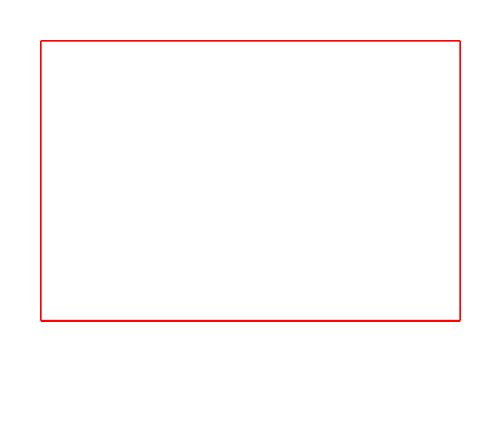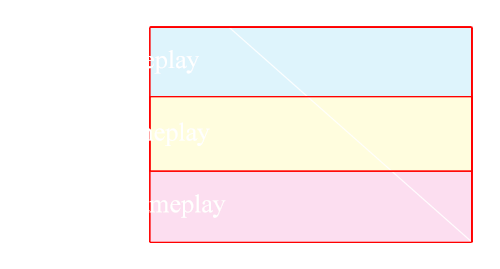Let’s take the fact that System Matters is given. How do we determine whether a specific system is a good or bad fit? What are games, actually? The good news is that people have been giving this a lot of thought for a long time. The bad news is that there are no clear definitions. My favorite examination of system fundamentals is Levi Kornelsen’s examination of Dungeons & Dragons playstyles.

Everything that happens at the table goes inside this box. This includes all forms of play, whether it’s talking or rolling dice or allocating skill points.

The box of gameplay gets divided into supplied procedures and ad-hoc procedures. Supplied procedures are the actual text within the game book. Ad-hoc procedures are any rulings or conversations that are created by the players.

We can further divide gameplay into the specific types of activities taking place. These gameplay layers are for a hypothetical generic system. A fantasy RPG with a lot of rules for magic might have an entire layer for magic. A different generic system might have more rules governing social gameplay, causing the diagonal divider to angle differently.

In order to be completely accurate, a system diagram needs to consider the rules that the players aren’t using. This provides us with a rough snapshot of what is happening at the table. The right box is the actual table gameplay, with the left two sections depicting the game presented in the text of the rules. Including the layers helps us consider the ratio of what gameplay the rules support mechanically. Thinking about how rules elide reminds us that quantity of rules doesn’t necessarily indicate that the game is about those things.
We can also learn a lot by looking at the percentage of a layer’s used procedures vs. how many are left in the box. If a playgroup tends to ignore most rules on a certain layer, despite the game providing a lot of them, that can indicate the system is a poor fit for the playgroup.
These diagrams are lifted almost directly from Kornelsen, who also points out that Vincent Baker was drawing similar diagrams almost two decades ago. Just goes to show that time is a flat circle and ttrpg discussions orbit the internet like celestial bodies, always coming back around. Nonetheless, attribution is important.
I consider these system diagrams to be the natural conclusion of “System Matters” as a concept. They’re a visual explanation of the idea that the procedures at the table might not match or mesh with the procedures in the text. That mismatch is the friction I mentioned in the last post, and in an ideal world, playgroups would select a system that creates the least amount of friction. As game designers keeping the system diagram in mind is helpful when writing in order to be mindful about gameplay layers.
Between this, “Rules Elide”, and “System Matters”, I consider our foundations of ttrpg theory firmly established.
